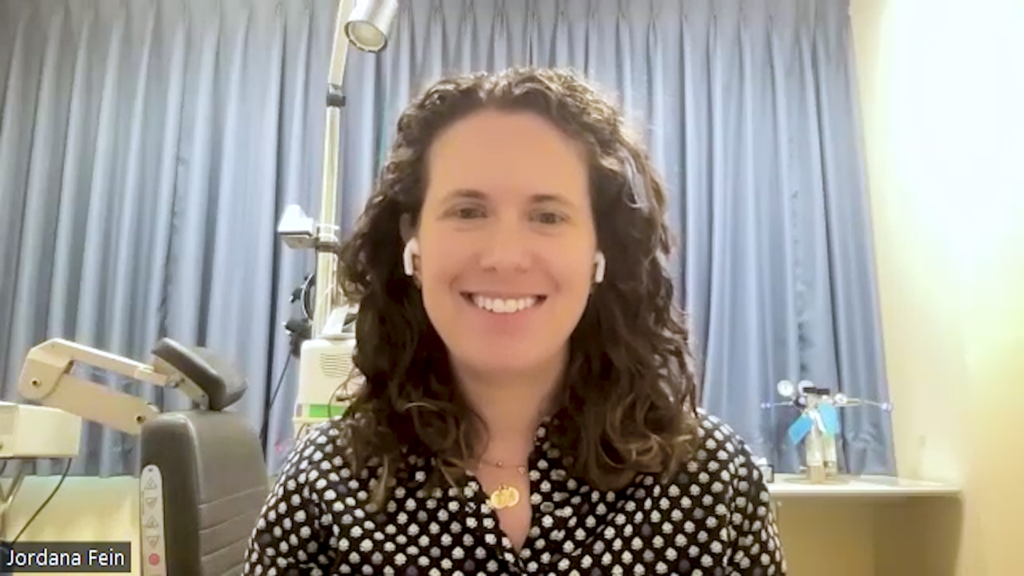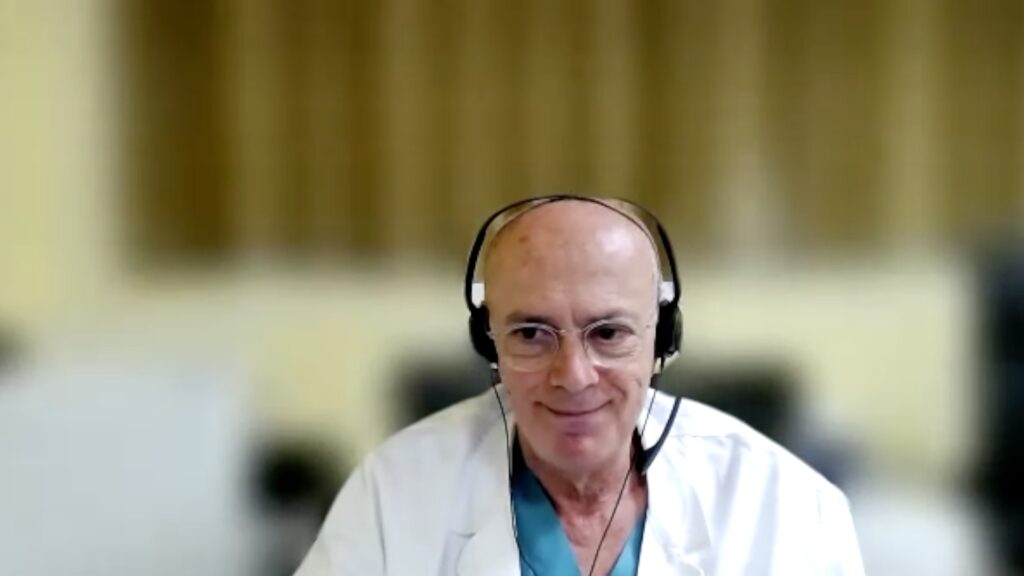A recent study published in Ophthalmology demonstrates the effectiveness of oral antioxidant and lutein/zeaxanthin supplements in slowing the progression of geographic atrophy (GA) associated with age-related macular degeneration (AMD). The research, which analyzed 1,210 eyes from the AREDS and AREDS2 trials, revealed that these supplements significantly reduced the rate at which GA advanced towards the central macula.
Participants in the AREDS trial were assigned to receive either oral antioxidants (500 mg vitamin C, 400 IU vitamin E, 15 mg β-carotene), 80 mg zinc, a combination of these, or a placebo. Meanwhile, AREDS2 participants were assigned to receive 10 mg lutein/2 mg zeaxanthin, 350 mg docosahexaenoic acid/650 mg eicosapentaenoic acid, a combination of these, or a placebo. Additionally, consenting AREDS2 participants were tested with alternative formulations: the original formula, one without beta-carotene, one with 25 mg zinc instead of 80 mg, or a combination of these variations.
The study assessed the change in GA proximity to the central macula and the change in square root GA area over time, utilizing color fundus photographs taken at annual visits. These changes were analyzed using mixed-model regression according to the participants’ randomized assignments.
In AREDS participants with non-central GA (n=208), the progression towards the central macula was significantly slower in those randomized to antioxidants compared to those who were not, with rates of 50.7 μm/year (95% CI 38.0-63.4 μm/year) versus 72.9 μm/year (95% CI 61.3-84.5 μm/year; p=0.012), respectively. For AREDS2 participants with non-central GA assigned to AREDS antioxidants without β-carotene (n=325 eyes), progression was significantly slower in those randomized to lutein/zeaxanthin compared to those who were not, at rates of 80.1 μm/year (95% CI 60.9-99.3 μm/year) versus 114.4 μm/year (95% CI 96.2-132.7 μm/year; p=0.011), respectively. However, for AREDS participants with any GA (n=392), area-based progression did not significantly differ between those randomized to antioxidants and those who were not (p=0.63). Similarly, in AREDS2 participants with any GA assigned to AREDS antioxidants without β-carotene (n=505 eyes), there was no significant difference in area-based progression between those randomized to lutein/zeaxanthin and those who were not (p=0.64).
The authors suggest that the slower rate of GA progression may be due to the enhancement of the natural phenomenon of foveal sparing.
Disclosures: This article was created by the touchOPHTHALMOLOGY team utilizing AI as an editorial tool (ChatGPT (GPT-4o) [Large language model]. https://chat.openai.com/chat.) The content was developed and edited by human editors. No funding was received in the publication of this article.
Looking for more AMD content? Read our latest content from touchREVIEWS in Ophthalmology:











